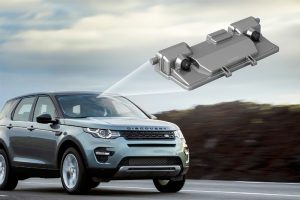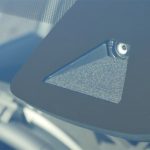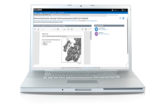A new voluntary code of practice for glazing technicians will ensure that the safety of motorists remains top priority during the replacement or refit of vehicle windscreens.
Industry experts including the likes of Thatcham Research, National Windscreens and Nationwide Crash Repair Centres, have issued the ‘ADAS Glazing Code of Practice’, which is aimed at ensuring an effective and consistent approach to the recalibration of vital ADAS (Advanced Driver Assistance Systems) technology.
ADAS sensors and cameras are located towards the top of a vehicle’s front screen, between the glass and the rear view mirror, with the camera lens usually clearly visible from outside the vehicle. The technology is designed to work in combination to provide an accurate view of the vehicle’s immediate surroundings. This enables a range of safety and comfort features such as Autonomous Emergency Braking or Adaptive Cruise Control.
Safety experts unanimous ly agree that ADAS-enabled technology is fundamental to preventing crashes and saving lives; however, without a robust process for recalibration, system performance could be adversely affected.
ly agree that ADAS-enabled technology is fundamental to preventing crashes and saving lives; however, without a robust process for recalibration, system performance could be adversely affected.
The new code of practice provides those who have responsibility for windscreen replacement with a clear framework for ensuring that the safety of customers with vehicles fitted with ADAS sensors is not compromised in any way. If for any reason the repairer is unable to recalibrate at the time of carrying out the work, motorists need to have clear information as to what their options are and ensure they follow through, avoiding the potentially dangerous situation of ADAS technology not functioning correctly.
“ADAS systems have become an integral feature on modern cars, with motorists increasingly putting their trust in the additional layer of safety that this technology provides. This code of practice is a recognition by the industry that, whilst ADAS technology is helping make vehicles that are much safer, it is also going to put a much greater emphasis on ensuring that safety levels remain unaffected following a repair,” said Andrew Miller, Chief Technology Officer at Thatcham Research.
Windscreen-mounted ADAS technology is currently fitted to approximately 6% of vehicles on the road and it’s thought that this figure could be more like 40% by the year 2020. Motorists will increasingly need to be aware of the technology fitted to their own vehicles and are encouraged to ask questions and take their own steps to ensure that the technology has been handled in the right way.











